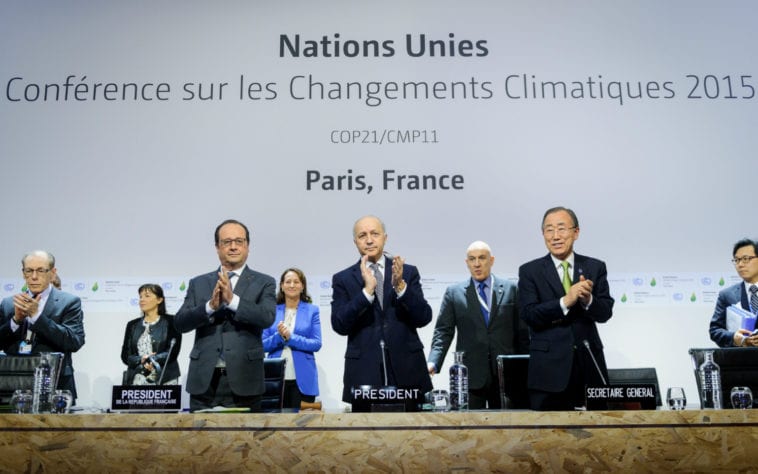The Paris Agreement/COP21 was an international accord to reduce greenhouse gas emissions signed by over 180 state leaders in 2016. But has this Paris Climate Accord done enough for the fight against climate change?
Unity in diversity. Such a slogan has been widely known to represent harmony amidst the differences of every individual. Although it is quite a hackneyed expression, there is still a mass of people who practices it in their everyday lives.
Several circumstances already carried out true unity amongst the manifold and fostered it to bigger crowds. Contrarily, can the preeminent problem that everyone in the entire world is facing bring them all together? Can climate change establish unity amidst diversity?
Climate change, a wide known issue, is a long-term change in weather patterns. These phenomena include the rise of temperature, known as global warming, ice-loss, and sea-level rise. With the rise of temperature, to name a few, there could be more water shortages, wildfires, and drought.
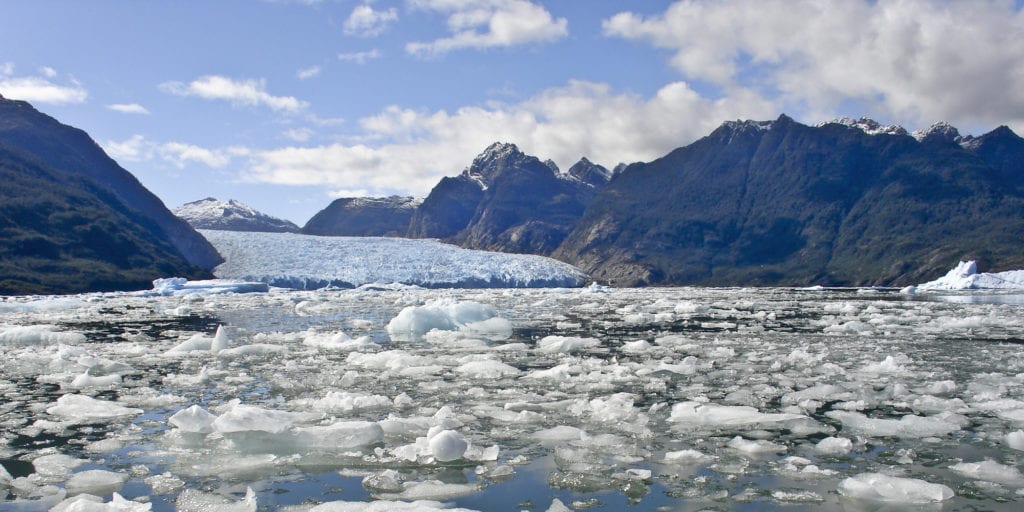
Moreover, with the presence of Climate Change, these various effects would not only diminish our resources, but they can also affect our health. Hence, to block this from developing, the most achievable course of action to take is unity. Despite how corny it would sound, it is the most feasible and likely comprehensible for the vocabulary of every human being.
The Paris Agreement is all about global cooperation, so we should examine whether there have been enough climate change policies that support the commitment towards environmental protection.
History of Global Efforts Against Climate Change
Deliberately addressing unity as the most achievable requirement in blocking the development of Climate Change, in the 1992 Earth Summit held in Rio de Janeiro in Brazil, countries initially joined together in an international treaty known as United Nations Framework Convention on Climate Change. However, it was in 1994 when it formally took effect, where 197 countries were known to attend and join in this international treaty to prevent human interference with the climate system.
Consequently, their ultimate goal was to stabilize the greenhouse gas concentrations. Moreover, the birth of this international treaty did not only end with one goal and one organization, through its influence and the previous ones who came before and after it paved the way to yet another birth of a treaty.
What is the Paris Agreement?
Paris Climate Agreement, also known as Paris Agreement Under the United Nations Framework Convention on Climate Change (COP21) adopted in 2015, aims to reduce the emissions of gases which adds weight to the development of Climate Change. The Paris Agreement set out frameworks to prevent the dangers of Climate Change.
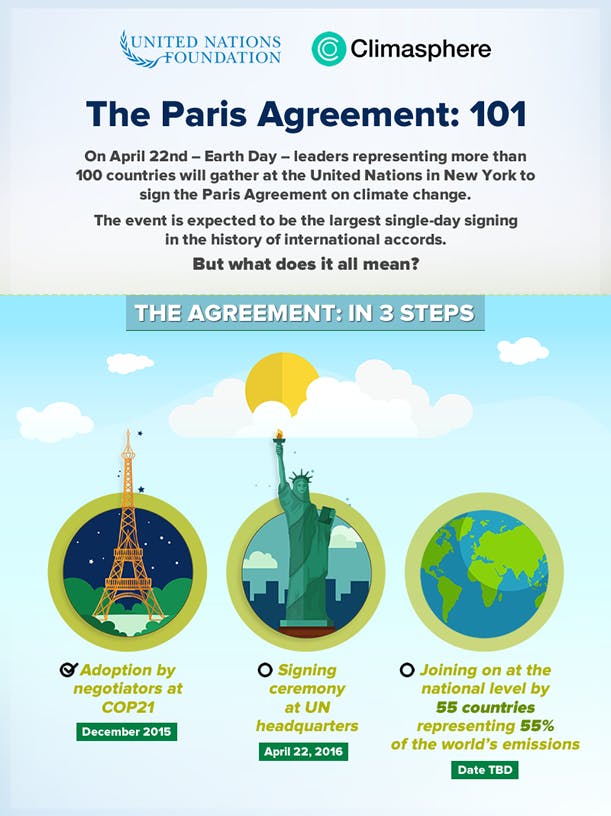
Here are the key elements of the Paris Agreement, in order to comprehend its goals better, and the possible effects and contributions it may bring out in the world.
- The Paris climate deal pledged to keep global temperatures “well below” 2.0C (3.6F) above pre-industrial times and preferably to 1.5C.
- Under the agreement, each country sets its emission-reduction targets, known as nationally determined contributions (NDCs), reviewed every five years to raise ambition.
- Rich countries are required to help poorer nations adapt to climate change and switch to renewable energy.
- UN scientists say limiting the rise to 1.5C could prevent small island states from sinking beneath the waves, help millions of people avoid the impacts of extreme weather and limit the chances of an ice-free Arctic summer.
Pledge to lower global temperatures
The Paris climate deal pledged to keep global temperatures “well below” 2.0C (3.6F) above pre-industrial times and preferably to 1.5C.
Knowing that planet Earth is so far the only “known” habitable planet to live in, certain factors consider why this is a known fact. First, Earth is located at the Goldilocks Zone, or in simple terms, habitable zone. Then it has an atmosphere. Hence, Earth can sustain a stable average temperature on its surface that is favorable for any life. Now, many of you would wonder why the Paris Agreement pledged to keep global temperatures below 2.0C and, preferably, 1.5C.
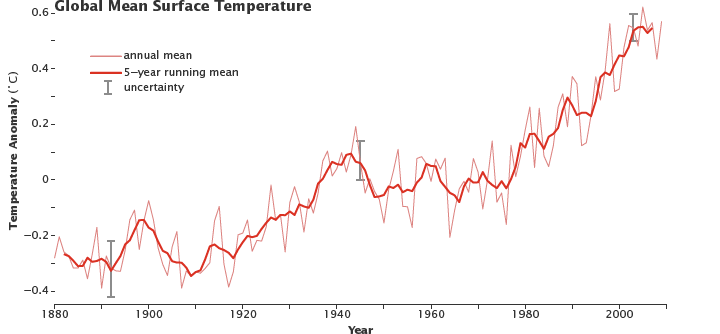
The temperature on Earth is not limited only to one. It varies depending on several factors. To illustrate this point, we have to consider the time of the day, the time of the year, and where these temperature measurements are brought. The fact that the Earth’s sidereal rotation of approximately 24hrs, there are places on Earth which will not face the sun.
With that, temperatures in these areas might either rise in the day and drop in the evening. Also, given those places that do not experience more than two tropical seasons due to their location below the equator, they experience greater temperature rise in their places than countries like the US, which is located in the region above the equator.
With Paris Climate Agreement wanting to reduce the increase of temperature into below 2.0C, this aim is not enough to stave off the effects of climate chaange.
The Climate Reality Project says, “It may not be dangerous for humans, but we might natural systems beginning to cross dangerous points. Also, it will not mean that temperatures in other countries will not increase, because again, this 1.5C is just a global average and that the Earth’s “healthy” temperature varies. The worse part if we surpass and go beyond the 2C, more people would experience a heatwave. Rise of sea level, which would sink beneath multiple numbers of places, etc. To briefly encapsulate, millions of people would encounter the wrath of Climate Change, and more lives would be potentially put at risk.”
Each country to have environmental policies focused on reducing emissions
Under the agreement, each country sets its own emission-reduction targets, known as national determined contributions (NDCs), reviewed every five years to raise ambition.
Upon the agreement of all countries under the Paris Agreement, they are responsible for providing their emission-reduction targets. Given the organization’s long-term temperature goal, reducing carbon emissions must be actuated per country to bring about their long-term goal that is beneficial.
According to Climate Change Commission (n.d.), the National Determined Contribution is the heart of the Paris Agreement, in which this NDC serves as a guide in the country’s plan in developing a climate-resilient environment and low-carbon pathway. Also, the NDC serves as communication towards other countries of a certain course of actions that they will take which will aid in PA’s pursuits of decreasing the temperature preferably to 1.5C.
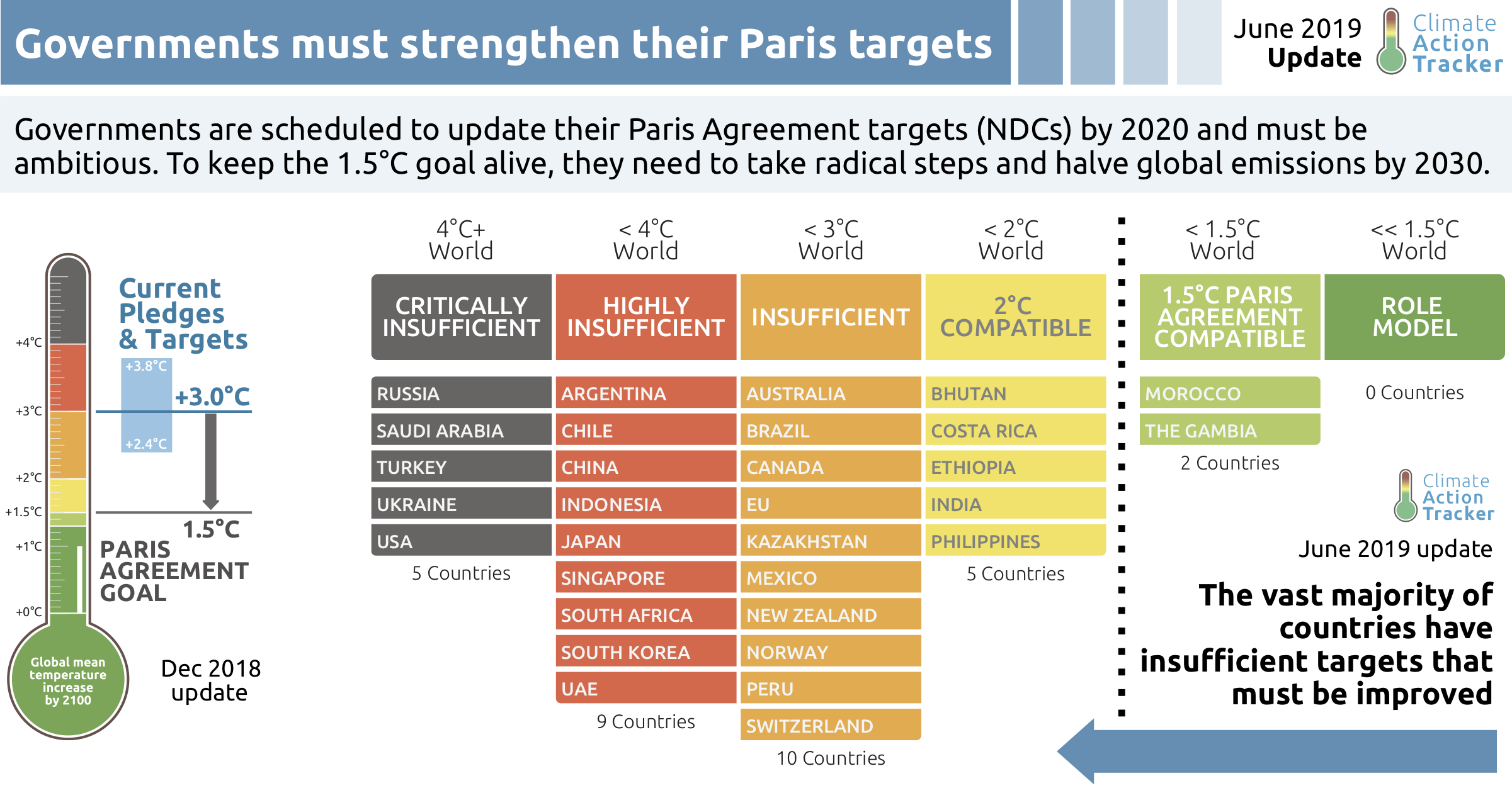
As per the development of NDC in the Philippines, it is still under the reconstruction phase and includes intense consultations and workshops from other agencies to ensure that the foundation of its NDC is firm and robust enough to withstand such circumstances. Hence, it has to undergo scientific and technical tests to measure its foundation without neglecting other considerable factors that would less likely make it work.
According to the mandates under the Climate Change Act, as amended, and the General Appropriations Act, the Climate Change Commission leads and coordinates the development and finalization process of the Philippine NDC. Moreover, the purpose of ratifying towards Paris Agreement by the Philippines, signed by the president, is also to take note of other factors that would most likely benefit the treaty, which includes the following:
- Sustainable industrial development;
- Eradication of poverty and provision of basic needs;
- Securing social and climate justice; and
- Energy security.
As you can see, it also introduces other favorable antecedents in the best interest of the whole country.
Rich countries required to support poorer nations
Rich countries are required to help poorer nations adapt to climate change and switch to renewable energy.
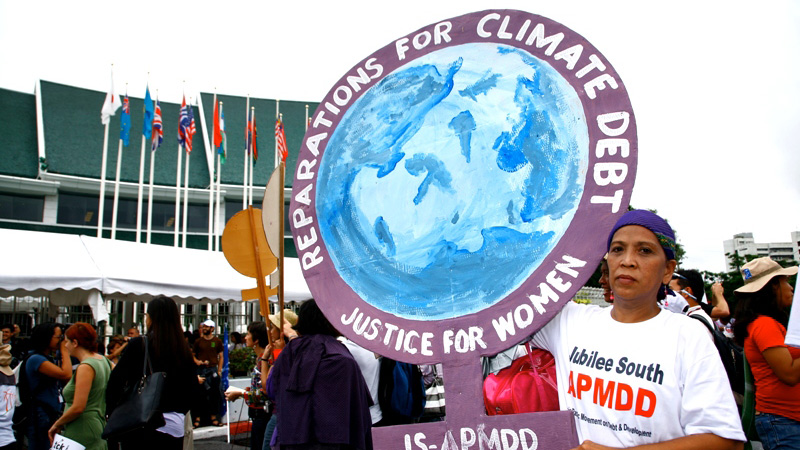
For third world countries such as the Philippines, it is with of utmost appreciation, that despite the dismay in regards to the country’s state of financing and sustaining the long-term goal resulted from the ratification of the Paris Agreement, towards rich countries extending their aid in allowing the country to adapt and adjust as it switches to renewable energy. Given that for years, the Philippines’ energy resources are solar, wind energy, bioenergy, and hydro.
The Philippines is one of the countries that is still emerging, and mostly, its energy resources rely on fossil fuels. According to the 2011 primary energy consumption of the Philippines, 31% of the consumption was met by oil, 20% by coal, 22% by geothermal, 12% by biomass, 6% by hydro, and 1% by other renewable energy like wind, solar and biofuel.
Thus, with the aids of other countries with various energy resources and renewable ones, the Paris Agreement’s long-term goal can be actualized sooner rather than later. Moreover, the Philippines is not the only country that is still emerging, but if, for instance, rich countries would not hesitate to extend their help, the long-term goals would not be impossible.
Limit Damages from Melting Ice and Rising Seas
UN scientists say limiting the rise to 1.5C could prevent small island states from sinking beneath the waves, help millions of people avoid the impacts of extreme weather and limit the chances of an ice-free Arctic summer.
Imagine defrosting hard ice inside a pan, on top of a burning stove. The average temperature can already melt the ice within a matter of minutes. How much more if the temperature increases? The pan itself would be full of water.
This logic is simple science that, once in a while, we do in one of our house activities. Earth is also filled with ice, and with the increase of temperature due to Global Warming, we may begin to fewer islands on our maps one day. Small islands, mainly, are more vulnerable to vanishing and be eaten by the sea when the time comes and ice melts faster than usual due to the hot temperature.
The main affected areas are islands near the Pacific Ocean such as Kiribati, Fiji, and Hawaii.
Effects of Climate Change towards island nations
Here are the data released by IPCC in 2007:
Small islands are especially vulnerable to the effects of climate change, including sea-level rise and extreme weather events. In most cases, small islands have fragile economies and the costs of adapting to climate change—where adaptation is possible—are high compared to the size of the local economy. In other words, most small islands cannot afford to do much about climate change.
Rising sea levels will submerge territory and worsen storm surge (high water during storms) and erosion, threatening settlements and infrastructure supporting livelihood. Over half the population lives within a mile (about 1.6 km) of the shoreline in the Caribbean and Pacific islands. Most roads, airports, capital cities, and the like are located along the coast or on tiny coral islands that are essentially all coast. Because most small islands do not rise steeply from the sea and may only be a few feet, or meters, above sea level at their highest point, all these facilities can be threatened by even small increases in sea level.
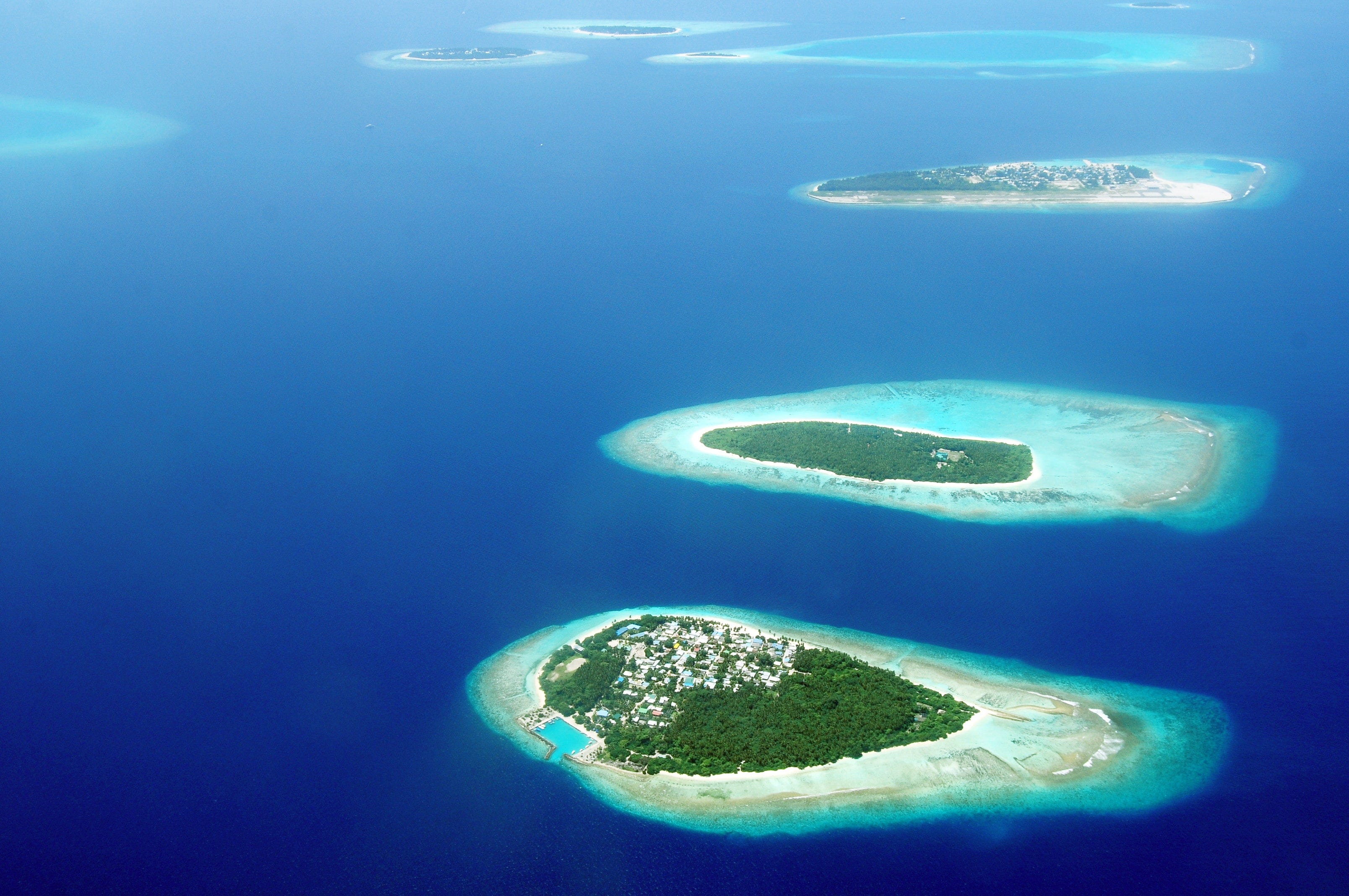
Freshwater resources on most small islands will decrease in most future climate-change scenarios. On a small island, fresh groundwater exists in a lens-shaped volume of ground surrounded by undrinkable salt water.
Two effects of climate change can contribute to reducing the size of this lens—rising sea level and reduced rainfall. Rising seas shrink the freshwater lens by mixing seawater with it at its boundaries and base. Reduced summer rainfall is predicted for the Caribbean. On the Pacific atoll of Tarawa, an expected 10% reduction in rainfall by 2050, if it occurs, will cause a 20% shrinkage of the freshwater lens.
Tourism, fisheries, agriculture, and human health will be adversely affected by climate change. For example, coral reefs are already being destroyed by warmer temperatures in tropical waters around the world. Fish populations and thus fish catches by island populations decline sharply when coral reefs shrink.
The overall impact of climate change towards smaller islands are great that it could lead to death. The fact that bigger islands and countries are experiencing harsh effects from the climate change is already intolerable, what more about smaller islands that could only take a few.
Is the Paris Agreement effective?
From “Accord de Paris c’est fait!” (the Paris Agreement is done) to “travail en cour” (work in progress) five years later. With their trustworthy promises back in 2015, some analysts have said that the accord helped in making progress towards their goal for the past five years in service. (i.e, to prevent the increase of 2C of temperature above the preindustrial levels. However, there are still countries that are not living up with the promises they have made – which overshadows their “progress”.
On the brighter side, this accord was able to enrich more decisive actions in achieving their goals and have several countries pledging to follow and reach their goal. However, not everyone gets to feel the good effects of their job. In layman’s terms, the pact fell short with their efficiency. Although it is not an immediate goal to be achieved, their objective is clear. Hence, there should be no countries left behind to suffer even more than they expect.
The clear objective is to eradicate the use of fossil fuel for energy and transportation and also to absorb greenhouse gases seeping through the atmosphere. It was also stated that countries are ought to create a devisable plan and concrete material that will help achieving their “below 2C of temperature”.
On the brighter side, the temperature spikes predicted for this century are easing slightly. A sign of progress indeed. Also, with over 100 countries pledging in the Paris agreement and the exceptional attention is given to this pact, it signifies that it is effective. Moreover, it has only been five years. Thus progress and efficiency will still have more time to prove and escalate towards productivity.
The Paris Agreement’s effects on the global community
The said accord could harm the global community if people continued to neglect the essence of reducing carbon emissions. Some politicians do not consider this a significant issue, which can already alter the objective of the Paris agreement in the eyes of the marginalized.
Contrarily, the Paris Agreement’s effect on the global community has advantages and downsides, depending on which country you are in and the government managing and handling it. With the constant use of fossil fuels and carbon emissions, countries with more heat than rain may suffer the downside effect, contrary to countries with utmost aid and action was taken for resolution.
Talk about drought, flood, heat waves, rising of seas, etc. All of these can be a downside effect of the accord if government agencies continue to neglect the gravity of the problem that climate change is bringing onto the country’s doors. It is simple. The objective of the Paris Agreement is understandable and straightforward. It doesn’t need to have a downside effect on the global community, as long as people will meet in the middle in resolving this global issue.
Signs of progress from the Paris Agreement
With its wide scope, the Paris Agreement established in 2015 made rounds of progress, starting from reducing the emission of carbon and other unwanted gasses. Not completely, but for the time being, there is progress. Also, investors decreased their demands for coal and shifted to other resources to support the target reduction.
Not entirely of progress, during President Trump’s term, he withdrew from the Paris agreement, but current US President Biden promised to rejoin. With over numbers of wildfires and hurricanes last year, 2020 was the second-hottest year on record. But despite that, there was much progress reported which signifies that the world is now more ready to face better solutions in solving the climate problem.
- Over thousands of companies pledge the reduction of unwanted gas emissions.
- Cities are constantly improving, although not all but many, building a climate resilience life.
- Financial Institutions came to realize to stop funding for fossil fuel, considering it as bad investments.
- Advancement of technology by making renewable energy and other solutions more attainable.
- Social campaigns and movements are expanding.
- Country-level actions are accelerating.
Conclusion
Now, amidst all of these reports and facts on the Paris Agreement, the question about unity still lingers. Can climate change establish unity amidst diversity? It can, and it is possible. Moreover, it is not only climate change that can bring us together. In any other aspect, unity will always serve its purpose as long humans are kind and generous enough to take that path.

